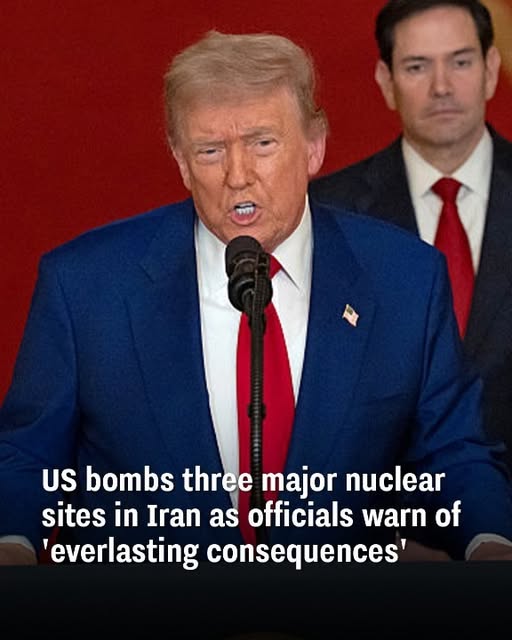
OPERATION MIDNIGHT THUNDER: A GAME-CHANGING STRIKE ON IRAN’S NUCLEAR PROGRAM
On June 21, 2025, U.S. B-2 stealth bombers executed a surprise strike—Operation Midnight Thunder—against key Iranian nuclear facilities, dramatically altering the nuclear landscape and escalating U.S.-Iran tensions to levels unseen since 1979.
Why the U.S. Struck
Intelligence showed Iran nearing nuclear breakout, enriching uranium to 60%—dangerously close to weapons-grade. Facilities like Fordow and Natanz were capable of producing enough material for multiple nuclear weapons within weeks. Diplomatic options appeared too slow to prevent a shift in Iran’s nuclear status.
Targets and Tactics
The operation hit three main sites:
- Fordow, buried deep under mountains, was destroyed using 30,000-lb MOP bunker busters.
- Natanz, Iran’s primary centrifuge site, was wiped out to halt enrichment.
- Isfahan, which produced enrichment feedstock, was neutralized.
Precision strikes ensured minimal civilian or environmental harm, with no radiation leaks reported.
Military Execution
B-2 bombers launched from U.S. bases and staged via Diego Garcia. Electronic warfare and real-time surveillance blinded Iranian defenses. The mission demonstrated the U.S.’s ability to project stealth force globally with extreme accuracy.
Legal and Diplomatic Fallout
The attack reignited debate over preemptive strikes and international law. The U.S. claimed self-defense; critics warned of setting dangerous precedents. Allies were divided—some supported the goal, others feared escalation and diplomatic breakdown.
Iran’s Response Options
Iran’s defenses failed to stop the strike. However, it retains asymmetric tools: missile attacks, proxy warfare, cyber retaliation, and threats to Gulf shipping routes. Regional tensions remain high.
Global Reactions and Implications
Israel reportedly conducted parallel operations. Gulf states welcomed the setback to Iran’s program but feared retaliation. Europe expressed concern over unilateral action. Global oil markets spiked, and economic uncertainty rose.
Domestic and Strategic Impact
U.S. public opinion largely backed the move, though political divisions surfaced over legality and risks. Strategically, the operation showcased American technological superiority and reinforced a clear message: nuclear breakout will not go unchallenged.
Source: Fox News





